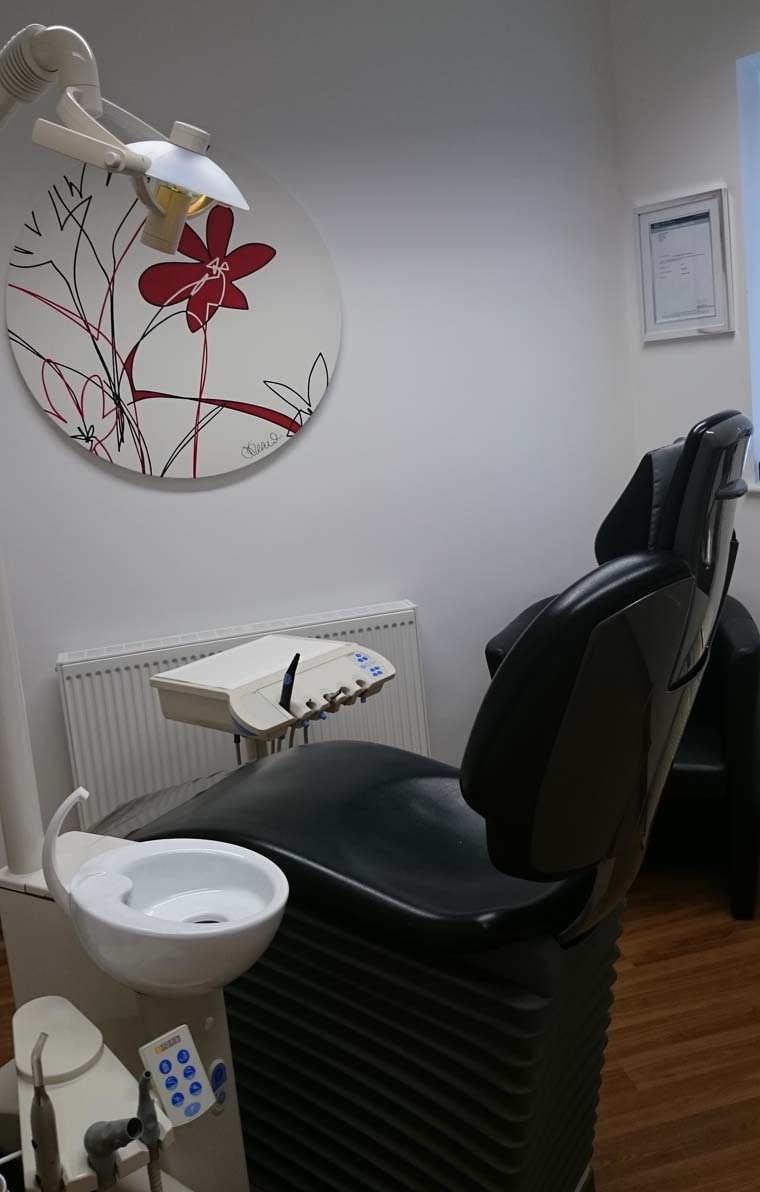Missing Teeth
What is a Root Canal Filling?
Root fillings or Root canal treatments are needed when a large cavity in a tooth reaches the nerve chamber, or in some cases when a tooth breaks. Root filling involves removing bacteria and damaged or dead nerves from inside the tooth and then cleaning and disinfecting the root canals, before filling to seal them.
Within every tooth is a nerve chamber and a blood supply in the root canal. In a healthy tooth, these nerves will be alive. Front teeth will normally have one root holding them in the jaw bone, but back teeth can have two, three or four.
If a large cavity in a tooth reaches the nerve chamber, or if a tooth breaks, bacteria can cause the nerves to die. The root canals can become infected and an abscess may form beneath the root(s) of the tooth, in the jawbone. Pain (occasionally severe) may occur at any time during this process, and the infection can spread.
The dentist may refer you to a specialist endodontist to undertake the root canal treatment.
Is treatment painful?
Not usually local anaesthetic is used throughout the procedure, and every possible step is taken to ensure that you are comfortable while the work is carried out. Following treatment, you will be informed of the possibility of discomfort from the area. This is usually minor, and does not last long.
What is the treatment?
Treatment is usually carried out over one or two visits. The purpose of the treatment is to remove the bacteria or dying tissue from inside the tooth and to clean and disinfect the root canals. This is achieved by making a small hole through the tooth into the nerve chamber, locating and measuring the root canals, then cleaning and widening them using fine instruments. Local anaesthetic is used throughout the procedure to avoid any discomfort.
To aid the instrumentation of these intricate channels to the tooth, magnification may be used and, if possible, the tooth will usually be isolated to keep the area dry and clear.
Once clean, the canals are filled to seal them off from re-infection. In most cases, infections will start to heal at this point.
Most patients only experience mild discomfort following treatment, but it is common to experience none at all.
Root Canal treatments fall within an area of dentistry known as Endodontics.
How long does the treatment take?
This can vary according to the complexity of the root canals, the presence of infection, or if re-treatment is being carried out. Sometimes treatment can be carried out in one session lasting between one to two hours. Although further treatment may be required if the canals are infected, or are being retreated.


